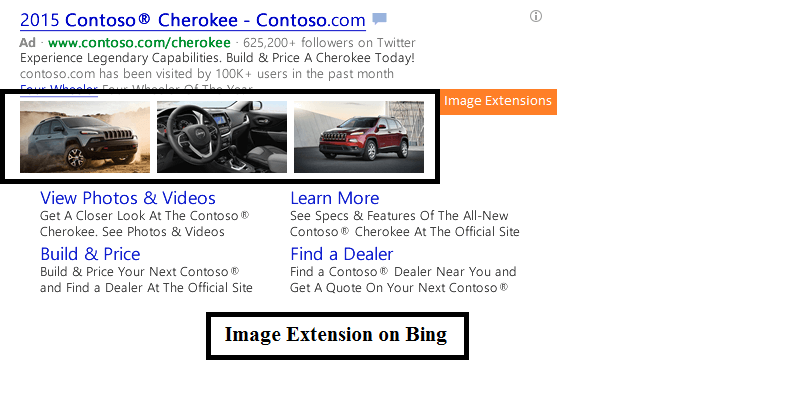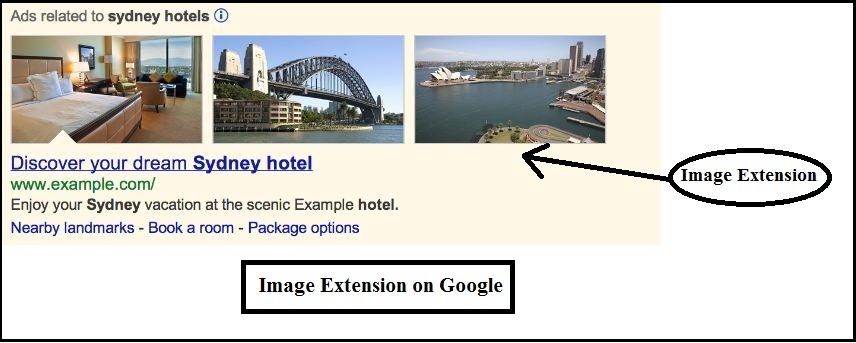How Search Engines Improved the User Experience with Visual Sitelinks
Recently updated: January 5th, 2019
If you have been running a business, you would quickly answer the question – ‘What is the most important thing for your business?’ It is undoubtedly your customers. They are the center of everything that you do for making your business flourish.
They are the people who add to your business by using your product or services consistently.
In a similar manner, if the search engines were human entities and could answer this question, it would have been – USERS. They are the people who spend time on the search engines and grab the information from them. They are the people who have made the search engines – Google, Yahoo, and Bing, so celebrated.
Just like you take a lot of care of your customers so as to maintain their trust and loyalty, the search engines also take a lot of care of their users. They are working each day to make the browsing experience of the users better and even better. They have incorporated features like clarity, non-plagiarized content, snippets, etc. in their search results. Now they have come up with visual sitelinks.
Textual Sitelinks
From the view point of the search engines, too much text in the search results can be monotonous and irritating for the user. Sitelinks with a small description about them and/or with just the link to the site, are less user-friendly. And as time is changing, people neither have so much time to judge which text result is the most relevant one for them nor they have time to go through all the contents. Textual sitelinks, although still used today in search results have paved way for a better alternative – Visual Sitelinks
Visual Sitelinks
The search engines have gone a step ahead with visual sitelinks that display an image on a relevant page that is indexed by the search engine and matches the search query. Google and Bing both have introduced image extensions in search results. Although, both Google and Bing, have been using the image extensions in a different manner. Bing had introduced image extension earlier and recently Google has introduced it. Let us see how they have done this.
Image Extensions on Bing
Whenever a user searches for a specific keyword on Bing, there is a special result coming up in the form of popular content from the various sites. The popular content is an image extension pointing to a site link, which looks like an expanded and more visual version of sitelinks in the search results. It is basically the most viewed or most loved content on any site matching your queries. The user saves time by clicking on any of these visual extensions and gaining the information easily.
Another remarkable way how Bing incorporated the image extensions was through the advertisements flashing on Bing. The users of Bing Ads were allowed to upload 6 images, besides the ad copy or other extensions, which will be displayed in the searches by users. These were optimized only for the users on PC and Tablet, yet they helped to increase clicks and grab attention across the entire Bing network. They were very effective and indeed fostered other search engines to devise the method to use image extension in advertising.
Image Extensions on Google
Google employs a different logic to use image extensions in its search results. Earlier it had incorporated images for display in search results of mobile searches wherein the user can swipe to left or right to get all the information. These results were specifically targeting the searches that needed image results for example – design of a window. This came as a welcome move and users loved the new carousel feature of Google, available only on mobile.
Now, Google has allowed the advertisers in the PPC vertical to display related images along with the text ads. Realizing the potential that visual sitelinks have for convincing a user’s query and triggering those searches that can be explained better with the help of an image, search engines once again took great care of their users.
User Experience with Visual Sitelinks
No doubt that the user experience has been displaced by several basis points in the positive direction. They don’t have to go through several sitelinks to get the relevant information, they can quickly swipe over the irrelevant results, etc. are the few changes that came. The major change came with the advertising, that became more user-friendly and people actually clicked on them to see the whole lot of things.
The Future of Visual Sitelinks
Be it simple searches or advertising, the visual sitelinks are yet to see a lot of transformation. As the web evolves, the internet users expect richer and more diverse content, and the search engine needs to cater to these needs of the users. Here is how:
“We’re working on bulk upload capabilities and Bing Ads Editor support for image extensions. We’ll be continuing to experiment with multi-image layouts and combinations of display text and description.” reports the Bing Ads website.
“We encourage you to submit your images as we continue to experiment with and improve our visual ad formats.” reports the Google Ads website.
Likewise, we as users can expect to be cared about by the search engines throughout the lives of them. We may expect video contents in search results to find quicker search results in the near future.
Latest posts by Vijaya Tyagi (see all)
How To Track Shopify SEO Performance & Metrics (2025) - January 14, 2025
Link Building Strategies: The Ultimate Techniques for 2025 - December 31, 2024







